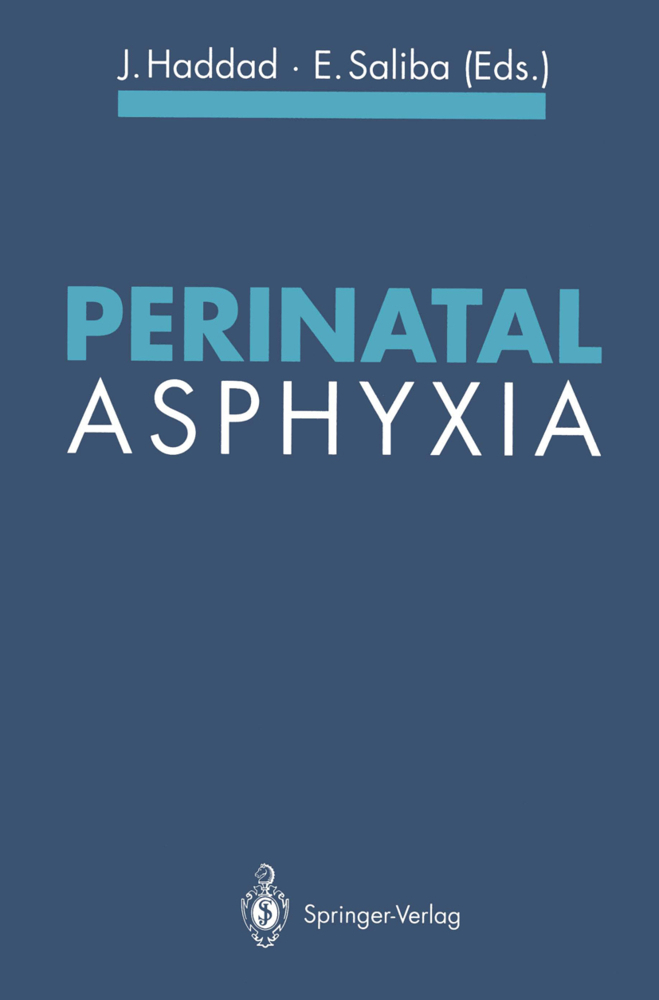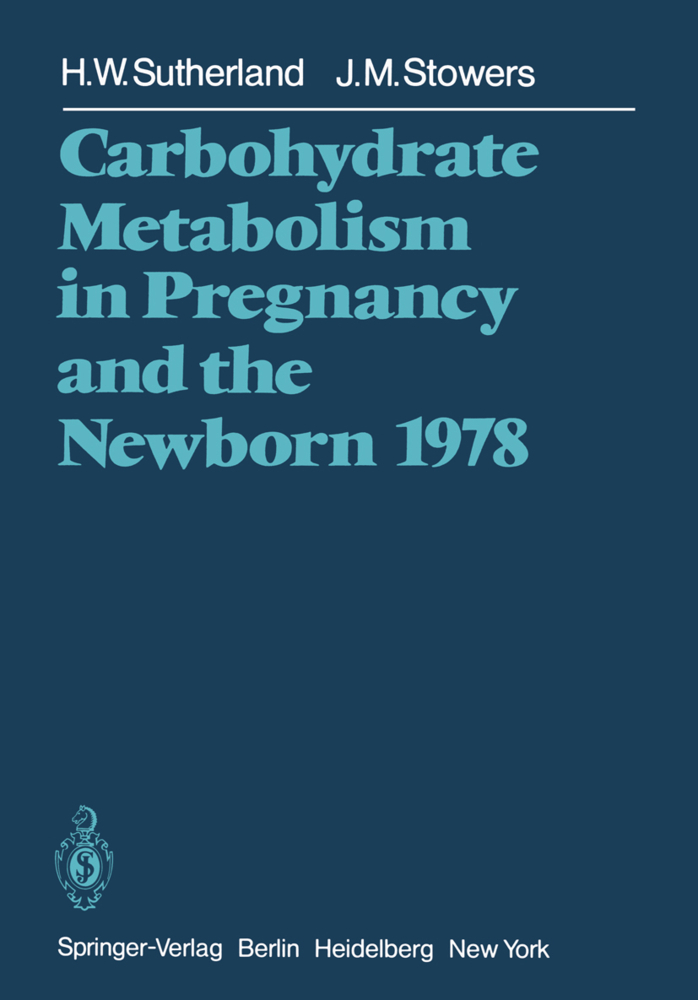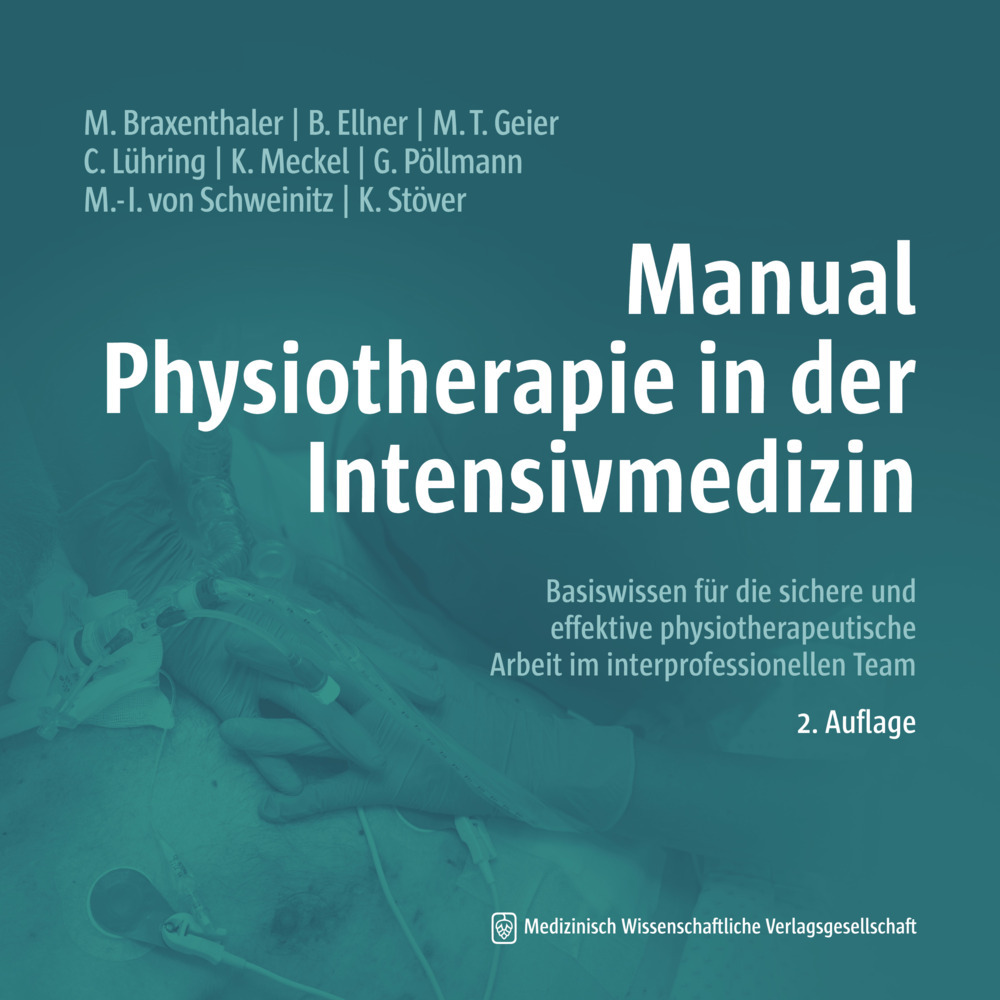Perinatal Asphyxia
Perinatal Asphyxia
Obstetricians and pediatricians in daily practice will findhere the answersand explanations they need concerning themajor problem of perinatal asphyxia. Leading experts inpediatrics, obstetrics and neurophysiology havecometogether to produce a single sourcebook covering all aspectsof thesubject. Biochemical mechanisms and clinical aspectsof perinatal asphyxia, fetal and neonatal assessment, andperinatal management are thoroughly discussed.Neurodevelopmental outcome is another important issueaddressed. In light of newer technologies, the prognosis ofinfants suffering from asphyxia is examined.Many figures and typicalcases are provided, making the bookeasy to use and providing quick access to solutions. Thereader can easily identify a problem in the fetus and itssubsequent development. With such knowledge, the improvedmanagementof perinatal asphyxia is made possible.
Clinical Aspects
II. Fetal Assessment
Clinical and Biophysical Profile
Umbilical, Cerebral, and Renal Circulations in Growth-Retarded and Hypoxic Fetuses
Heart and Fetal Asphyxia
Antepartum Fetal Heart-Rate Monitoring and Fetal Asphyxia
Physiopathological Basis of Doppler Indices
III. Neonatal Assessment
Neuropathological Aspects of Perinatal Asphyxia and Ultrasound Imaging
Magnetic Resonance Imaging and Hypoxic-Ischemic Brain Injuries
Doppler Assessment of the Cerebral Hemodynamics in Perinatal Asphyxia
The Electroencephalogram in Birth Asphyxia
Multimodality-Evoked Potentials in Perinatal Asphyxia
Magnetic Resonance Spectroscopy
133Xe Clearance
Near-Infrared Spectrophotometry
Hexamethypropylene Amine Oxime Single-Photon Emission-Computed Tomography in Perinatal Asphyxia and Ischemic-Hemorrhagic Lesions
IV. Management
Perinatal Management
Treatment of Anoxic-Ischemic Encephalopathy
V. Prognosis
Neurodevelopmental Outcome.
I. Biochemical Mechanisms and Clinical Aspects of Perinatal Asphyxia
Biochemical Mechanisms of Hypoxic-Ischemic Brain DamageClinical Aspects
II. Fetal Assessment
Clinical and Biophysical Profile
Umbilical, Cerebral, and Renal Circulations in Growth-Retarded and Hypoxic Fetuses
Heart and Fetal Asphyxia
Antepartum Fetal Heart-Rate Monitoring and Fetal Asphyxia
Physiopathological Basis of Doppler Indices
III. Neonatal Assessment
Neuropathological Aspects of Perinatal Asphyxia and Ultrasound Imaging
Magnetic Resonance Imaging and Hypoxic-Ischemic Brain Injuries
Doppler Assessment of the Cerebral Hemodynamics in Perinatal Asphyxia
The Electroencephalogram in Birth Asphyxia
Multimodality-Evoked Potentials in Perinatal Asphyxia
Magnetic Resonance Spectroscopy
133Xe Clearance
Near-Infrared Spectrophotometry
Hexamethypropylene Amine Oxime Single-Photon Emission-Computed Tomography in Perinatal Asphyxia and Ischemic-Hemorrhagic Lesions
IV. Management
Perinatal Management
Treatment of Anoxic-Ischemic Encephalopathy
V. Prognosis
Neurodevelopmental Outcome.
Haddad, Joseph
Haddad, Joseph
Arbeille, P.
Boesch, C.
Saliba, Elie
Saliba, Elie
Brunot, B.
Cady, E. B.
Calame, A.
Constantinesco, A.
Facello, A.
Farmakides, G.
Fawer, C. L.
Fermont, L.
Fignon, A.
Gold, F.
Greisen, G.
Lai, P.
Laugier, J.
Le Bidois, J.
Leguyader, P.
Martin, E.
Maulik, D.
Messer, J.
Pierre, F.
Radvanyi-Bouvet, M.-F.
Relier, J.-P.
Scalais, E.
Schneider, E.
Schulman, H.
Schulman, S.
| ISBN | 978-3-642-77898-8 |
|---|---|
| Artikelnummer | 9783642778988 |
| Medientyp | Buch |
| Auflage | Softcover reprint of the original 1st ed. 1993 |
| Copyrightjahr | 2011 |
| Verlag | Springer, Berlin |
| Umfang | X, 267 Seiten |
| Abbildungen | X, 267 p. 7 illus. in color. |
| Sprache | Englisch |











